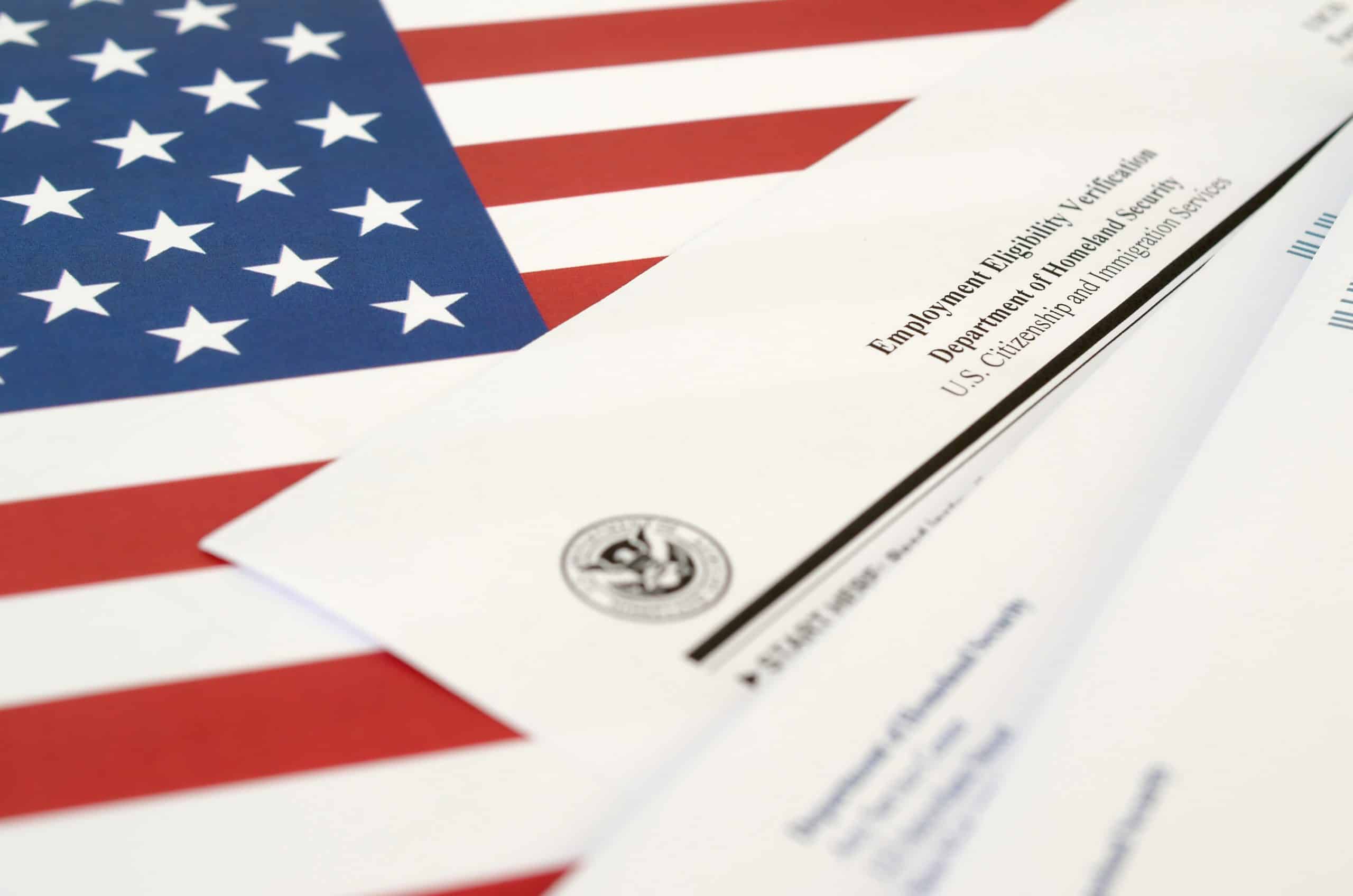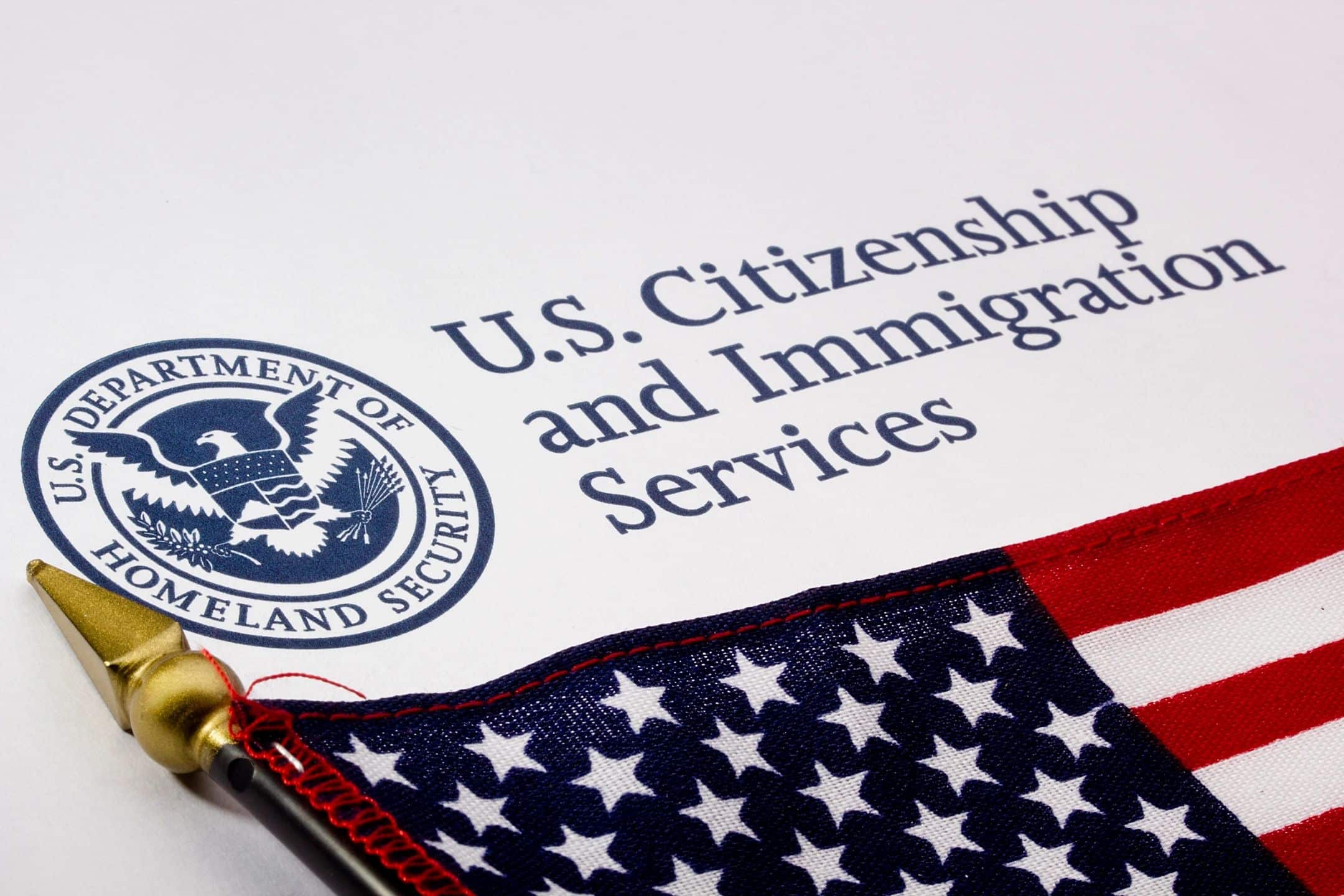Release of the New Form I-9 and Remote Verification Procedure
Updated I-9
Employers will have access to a new version of Form I-9 (Rev. 08/01/23) starting from August 1, 2023, which will be available on the USCIS website. Paper copies can also be requested if electronic use is not preferred. The version date is indicated in the bottom corner of the Form I-9.
The previous version of the Form I-9 (Rev. 10/21/19) remains valid until October 31, 2023. After November 1, 2023, only the Form I-9 (Rev. 08/01/23) will be accepted. For existing employees with a properly completed Form I-9 on file, there is no need to fill out the new Form I-9 (Rev. 08/01/23) unless re-verification is required after October 31, 2023.
The Form I-9 has undergone significant changes as part of the overhaul, incorporating the following modifications:
- Section 1, Preparer/Translator Certification, is now a standalone document (Supplement A) that employers can provide to employees when necessary.
- Section 3, Reverification and Rehire, is now a standalone document (Supplement B) that employers can use if reverification is required.
- The Form I-9 can now be filled out on tablets and mobile devices as well as easily downloaded.
- The term “alien authorized to work” in Section 1 has been replaced with “noncitizen authorized to work.”
- The Lists of Acceptable Documents page now includes acceptable receipts, as well as guidance and links to information on automatic extensions of employment authorization documents.
- A box has been added that eligible employers need to check if the Form I-9 documentation was examined using the new alternative verification procedure.
- The instructions have been, mercifully, reduced from 15 pages to eight.
Action Item
By November 1, 2023, ensure that you’re using the new Form I-9 (Rev. 08/01/23) for all new hires and reverifications.
Remote Verification, also known as “Alternative Procedure” for Form I-9 Verification
Starting from August 1, 2023, qualified employers have the option to perform remote documentation verification for Form I-9 for any newly hired employee. This process, known as the 'alternative procedure,' involves specific steps that employers must follow as outlined by USCIS.
If an employer chooses to implement the alternative procedure at a particular hiring site, it must be consistently offered to all employees at that location. However, there is an exception: Employers can opt to provide the alternative procedure exclusively to remote employees while conducting in-person inspections for onsite and hybrid employees. It is crucial to note that employers cannot selectively choose between remote or in-person verification based on an individual's or group of employees' citizenship or immigration status, national origin, or any other protected characteristic.
Qualified Employer
Qualified employers are entities that actively participate in federal E-Verify and maintain good standing. An employer is considered to be in good standing if the following conditions are met:
- They have enrolled in E-Verify for all hiring sites in the United States that use the alternative procedure
- They are compliant with all E-Verify program requirements
- They continue to be enrolled in E-Verify and in good standing at any time when they use the alternative procedure
Alternative Procedure Steps
Within a span of three business days from an employee's initial day of employment, the employer is required to complete the following actions:
- Receive and examine copies of the employee’s Form I-9 documents (or an acceptable receipt) and determine if the documents appear to be genuine. If the documents are two-sided, employers need to examine copies of both the front and back.
- Conduct a live video meeting with the employee. The employee needs to bring the same documents that they sent to the employer so the employer can ensure that they reasonably appear to be genuine and relate to the employee.
- Check the box on Form I-9 (Rev. 08/01/23) that an “alternative procedure” was used to examine documentation to complete Section 2 or reverification. If an employer is using the old form (Rev. 10/21/19) they should write “alternative procedure” in the Additional Information field in Section 2.
- Retain clear and legible copies of all documents that the employee sent to complete Form I-9, regardless of whether the documents are from List A, List B, or List C.
Employers can’t require employees to use the alternative procedure if they don’t want to and will need to perform an in-person examination for those unable or unwilling to participate in the remote verification process. This might happen if new hires lack access to the appropriate equipment or feel uneasy sending private information over the internet, especially if their employer hasn't given them a safe means to do it.
The Alternative Procedure and COVID-19 Flexibilities
Under specific conditions, qualified employers have the option to utilize the alternative procedure to fulfill the obligation of physically inspecting Form I-9 documentation that was previously examined remotely due to COVID-19 flexibilities. However, this is applicable only if all the following conditions are fulfilled:
- They were enrolled in E-Verify at the time the remote examination for a new hire or a reverification occurred
- They created an E-Verify case for the employee, except in the case of a reverification
- They performed the remote inspection between March 20, 2020, and July 31, 2023
The Form I-9's Section 2 in the Additional Information box or the section used for reverification, whichever applies, should have "alternative procedure" and the date of the live video meeting written there. Employers should follow the alternative procedure steps. They shouldn't open a brand-new E-Verify case.
Action Item
If you aren’t using E-Verify but want to utilize the alternative procedure, start by looking at the requirements for enrolling here.




.png)

Reply a Comment